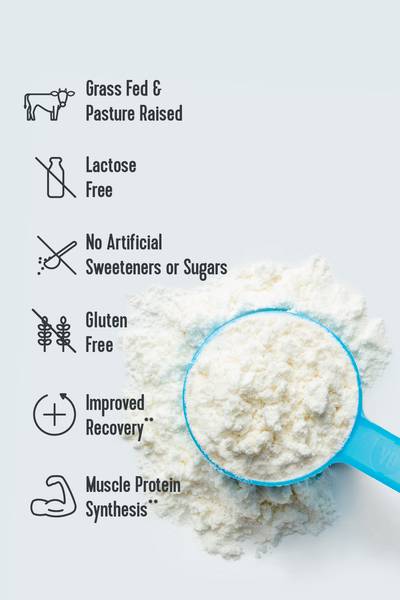Diet, exercise and mindfulness are always talked about when discussing health and wellness, but there is a lesser known area that affects many aspects of quality of life: foot health. Proper foot care plays into mobility and overall body alignment.
Whether you're training for a marathon or starting a yoga practice, your feet are your foundation, so you need to treat them right. Keep reading to find out how.
Vital Note: This article has been made available for informational and educational purposes only. It is not intended to be a substitute for professional medical advice, diagnosis, or treatment. Always seek the advice of your physician or another qualified health provider with any questions you may have regarding a medical condition. Your licensed healthcare professional can best provide you with the diagnosis and treatment of any medical condition and assist you as well in deciding whether a dietary supplement will be a helpful addition to your regimen.
1. Strengthen Your Feet For Long-Term Mobility
Strengthening your feet comes down to keeping your core, hips and lower extremities strong with daily movement.
"Your ankles/feet are dynamic joints that require stability in the joints above to stay healthy," Cayli Fuhrman, PT, DPT, tells Lively. "Exercises aimed at creating multi-directional stability are the most beneficial."
This can include exercises such as squats, front, back and side lunges, pistol squats and deadlifts.
2. Avoid Old or Unstable Shoes
In general, it's best to avoid shoe options that place your foot in a less stabilized or functional position a majority of the time. "Flat soled flip-flops are the main ones to avoid as they offer no support and can alter your gait mechanics," says Fuhrman.
In addition, shoes that place your feet in more extreme positions such as heels should only be worn when necessary. If you can, avoid wearing old shoes. You can tell they need to be replaced by noting a missing tread. “When the tread starts to wear, the forces are distributed differently during activity and can make you more prone to injury,” shares Fuhrman.

3. Find the best shoes for you
The "ideal" shoe type for each person is going to be varied as it's based on the mechanics of the feet. Fuhrman notes that factors that go into shoe shopping include a person’s individual foot structure, types of activities that will be engaged in a majority of the time while wearing them, gait pattern and other foot issues.
"Some individuals are flatter footed and have a more pronated gait pattern (arch collapses inward)," Fuhrman tells Lively. "While others have a more supinated gait pattern (roll onto outside of foot)."
Both of these patterns stem from ankle instability and weakness and require different types of support. In addition, activities such as running and training require shoes with multi-directional support, whereas avid walkers wouldn't need said support.
As it pertains to other foot issues, individuals experiencing conditions such as bunions or neuromas benefit from a wider toe box and a sturdy sole. In contrast, individuals with conditions such as plantar fasciitis and achilles tendonitis don't benefit from a wider toe box because their feet can move around too much within the shoes.
Related Articles
In general, the thought that more support is better is not always true.
"Sometimes, restricting the amount that your foot is able to move can be detrimental to your overall mechanics," says Fuhrman. "If your foot is restricted too much and pulling you into extremes of motion, then this can cause stress to the joints up the chain."
With all of that being said, it's important to visit a physical therapist that can assess your foot and recommend the most supportive option fit for you.
4. Stretch Your Feet
This might sound weird, but you should be stretching after your workouts and your feet are no exception. Here are 3 ways to stretch your feet.
- Simply roll a tennis ball or lacrosse ball on the sole to bring relief to any muscle tension.
- Flex your foot up against a wall or vertical surface.
- Kneel on the ground and position your arms forward for a deep stretch.















